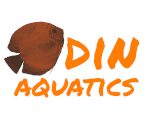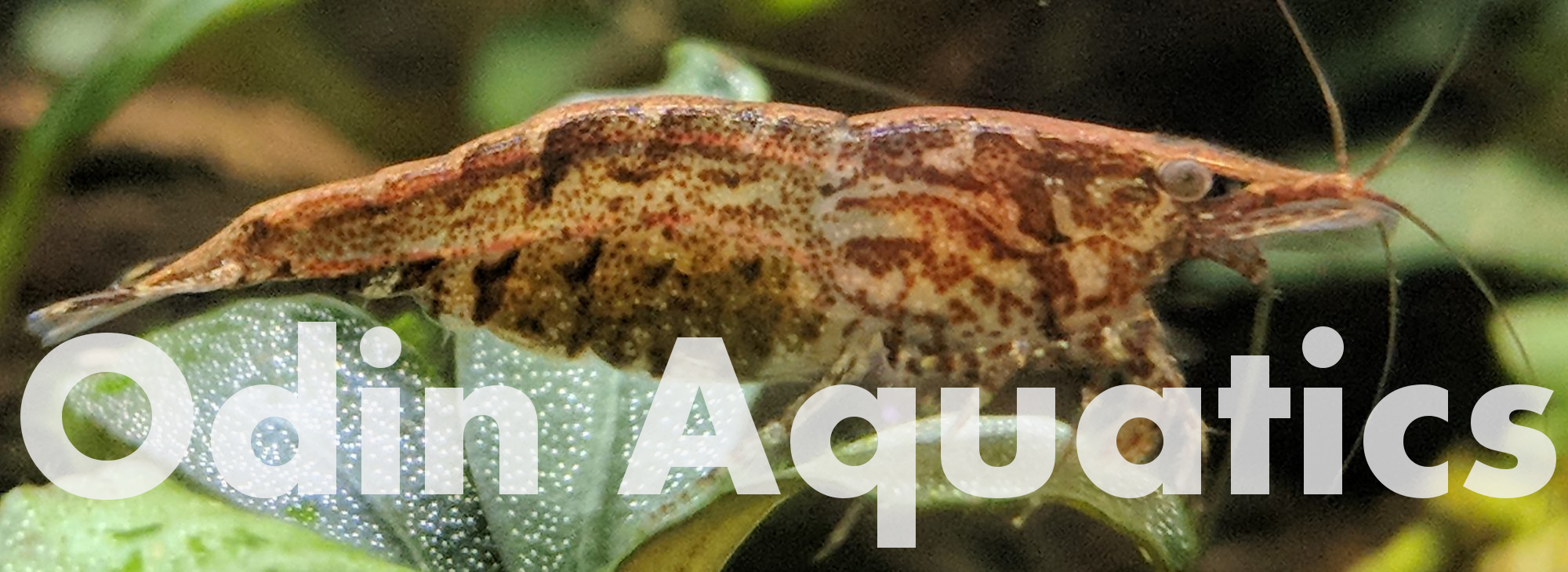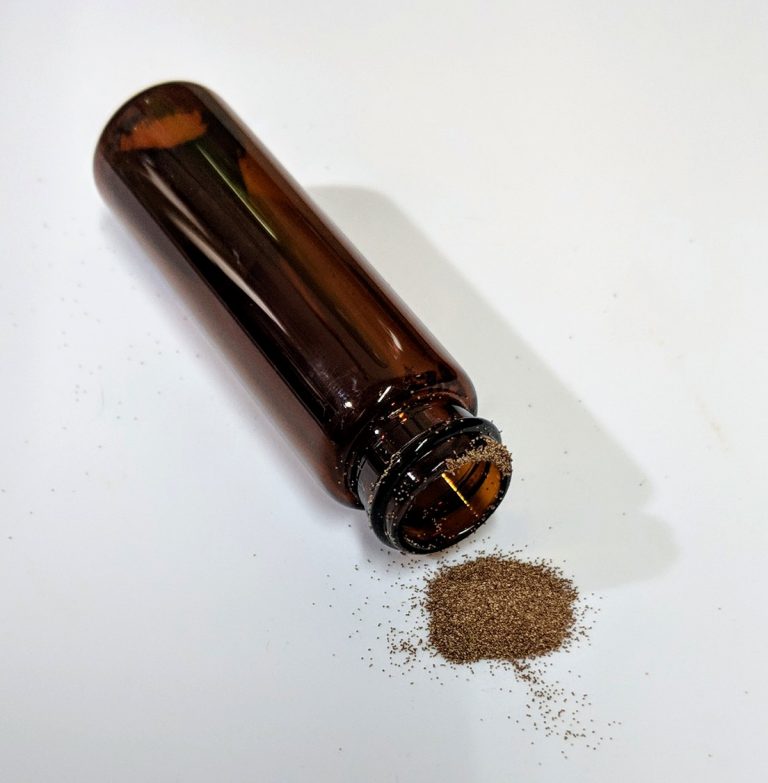Why Feed Live Baby Brine Shrimp?
Fish thrive when fed live foods often, especially when they are young. Live baby brine shrimp are a highly nutritious food for fish fry; full of protein and nutrients that dry flake food just doesn't offer. Newly hatched brine shrimp are very small, measuring less than 1 mm. Fish of most species are able to eat them within their first week of life. Additionally, fish love brine shrimp. Almost any fish will eat them live or frozen.
The photo below shows a newly hatched and strained batch of baby brine shrimp.
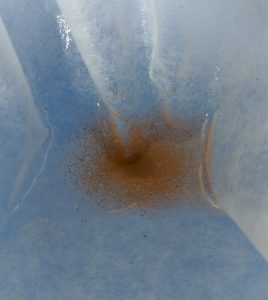
Hatching Brine Shrimp
Brine shrimp eggs are actually dormant cysts. They can stay viable for years if they are stored in a cool, dry container. When exposed to warm salty water, they re-hydrate and begin to hatch. Hatching baby brine shrimp is pretty simple. Below is a list of the materials you'll need to start your own hatchery.
1. Container
The optimal container for hatching brine shrimp has a tapered or conical shape. A very cheap and reliable option is to use an inverted plastic soda bottle. A 1 Liter bottle will work for small batches but a 2 Liter is more efficient. The photo below shows a 1 liter water bottle being used to hatch brine shrimp.
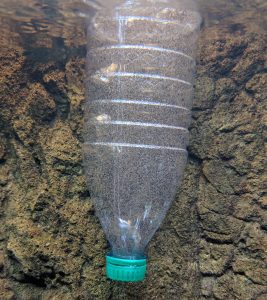
Another option is to purchase a specially designed brine shrimp hatchery like this one. This may be a good option if you want something sturdy that can be used for a long time.
2. Aquarium Salt
Brine shrimp, as the name implies, require a brine solution to hatch. The typical solution is about 1.5 tablespoons of salt per quart of water, or 25 parts per thousand of salt. Although you don't have to use aquarium salt, I like to use it because the large crystals are easier to work with without making a big mess. A large container is not very expensive, and will last a long time if you are just using it for this purpose.
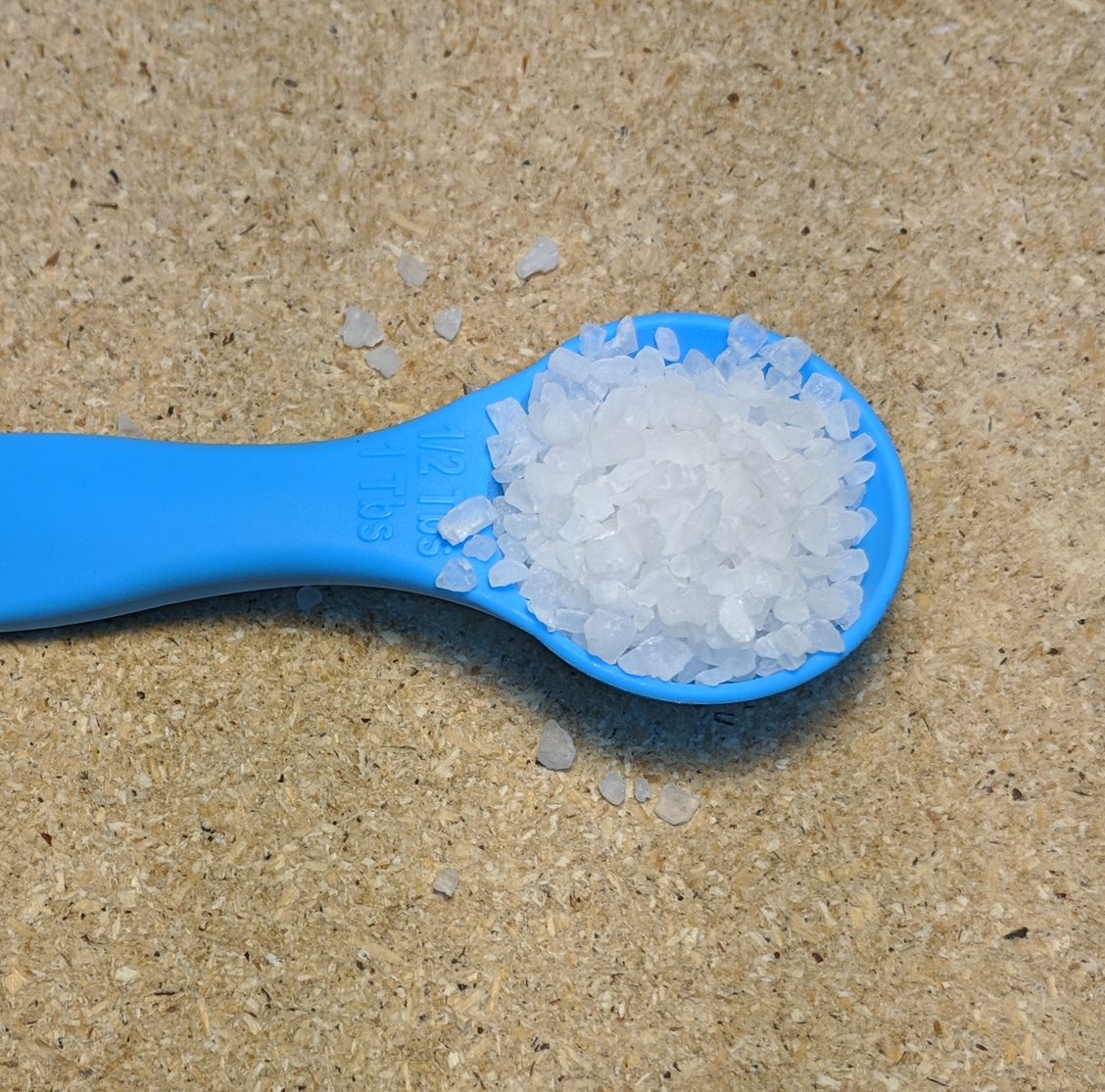
3. Air
Hatching brine shrimp requires an air pump to tumble the cysts in the water and keep the solution oxygenated. You don't need an air stone. Just position the airline tubing so that the bubbles are coming out at the very bottom of the container.
4. Brine Shrimp Eggs (Cysts)
There are several different brands of brine shrimp eggs available. For the most part any brand that advertises a high hatch rate (80-90%) will work. The San Francisco Bay brand is popular and a good choice if you are just trying to hatch them for the first time. However, its more economical to buy a large container, like this one.
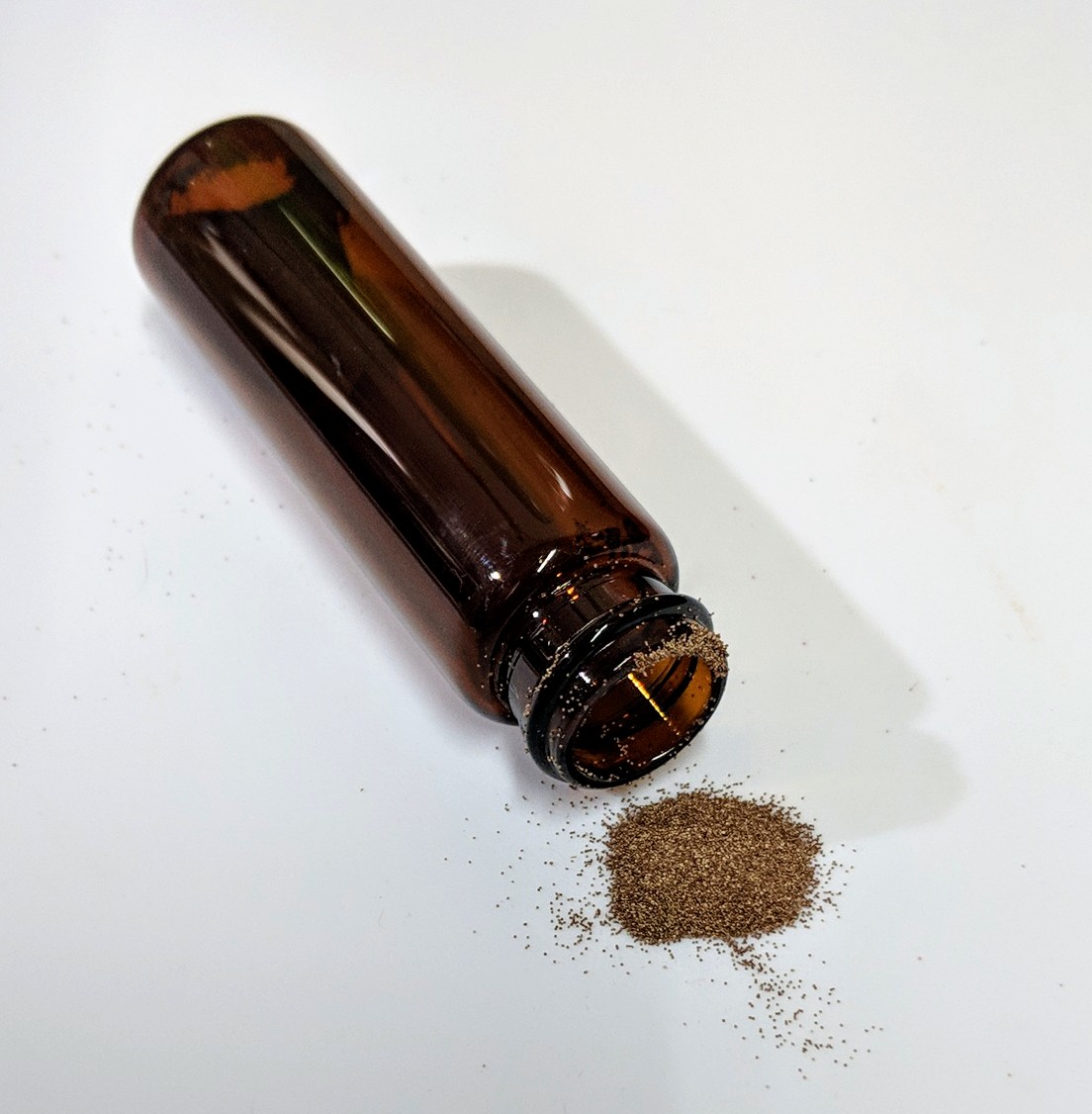
Hatching
Once you have all the materials, you can set up your hatchery and mix up the water, salt, and brine shrimp cysts. There are many different DIY brine shrimp hatchery designs out there. This one by Solid Gold Aquatics is a good beginner tutorial.
In my experience you don't need to add anything to the water besides salt. This includes dechlorinator. The cysts are completely encapsulated and chlorine in normal tap water concentrations shouldn't affect your hatch rate.
The optimal temperature for hatching is 77-80F. Since brine shrimp are attracted to light sources, you can use a lamp with a CFL or incandescent bulb to keep the solution warm, or submerge the bottle in an aquarium that is already at a nice warm temperature. I have found that temperature is more important than constant light for high hatch rates.
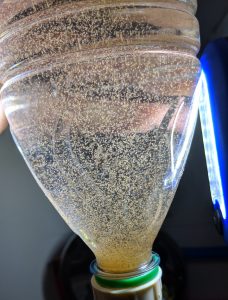
Harvesting Brine Shrimp
When you are ready to harvest your newly hatched brine shrimp, you should remove the air line and allow the solution to settle for 5-10 minutes. The unhatched cysts will sink to the bottom of the container, and the empty shells will float to the surface. This will leave the live baby brine shrimp swimming in the middle of the solution. Then use a pipette or turkey baster to suck up the wriggling orange cloud.
At this point you can squirt the salty brine shrimp solution directly into your aquarium, but it is better to strain the shrimp out of the salt water using a coffee filter first. You can use either a fine metal mesh or a paper filter for this purpose.
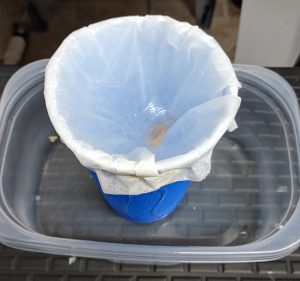
Once you have strained the shrimp into a filter, you can transfer them to some dechlorinated tap water or aged aquarium water before feeding them to your fish. Any leftover baby brine shrimp can be frozen into cubes and fed over the next few days.
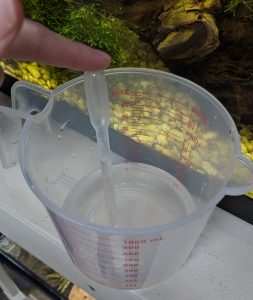
The video below shows live baby brine shrimp being fed to my celestial pearl danio tank. You can see just how quickly the fish devour them.
